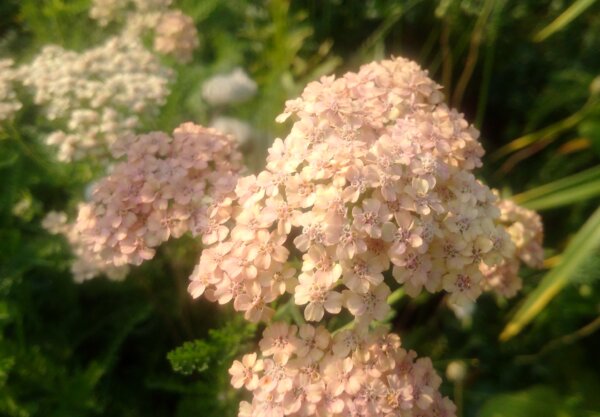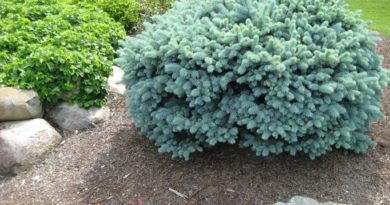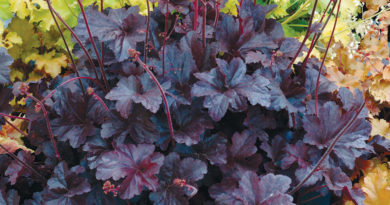10 Neat Things About Yarrow
Discover the plant that has it all—yarrow! This ancient healer and global garden star brings vibrant colour, low-maintenance charm, and a rich history to your backyard. From attracting pollinators to thriving in tough conditions, yarrow isn’t just a plant—it’s a conversation starter. Ready to meet the garden’s most versatile and fascinating resident?
1. A global citizen.
Native to Canada and other temperate regions across the Northern Hemisphere, yarrow thrives in diverse environments, from European meadows to North American prairies. Its ability to adapt to various climates makes it a reliable choice for Canadian gardens.
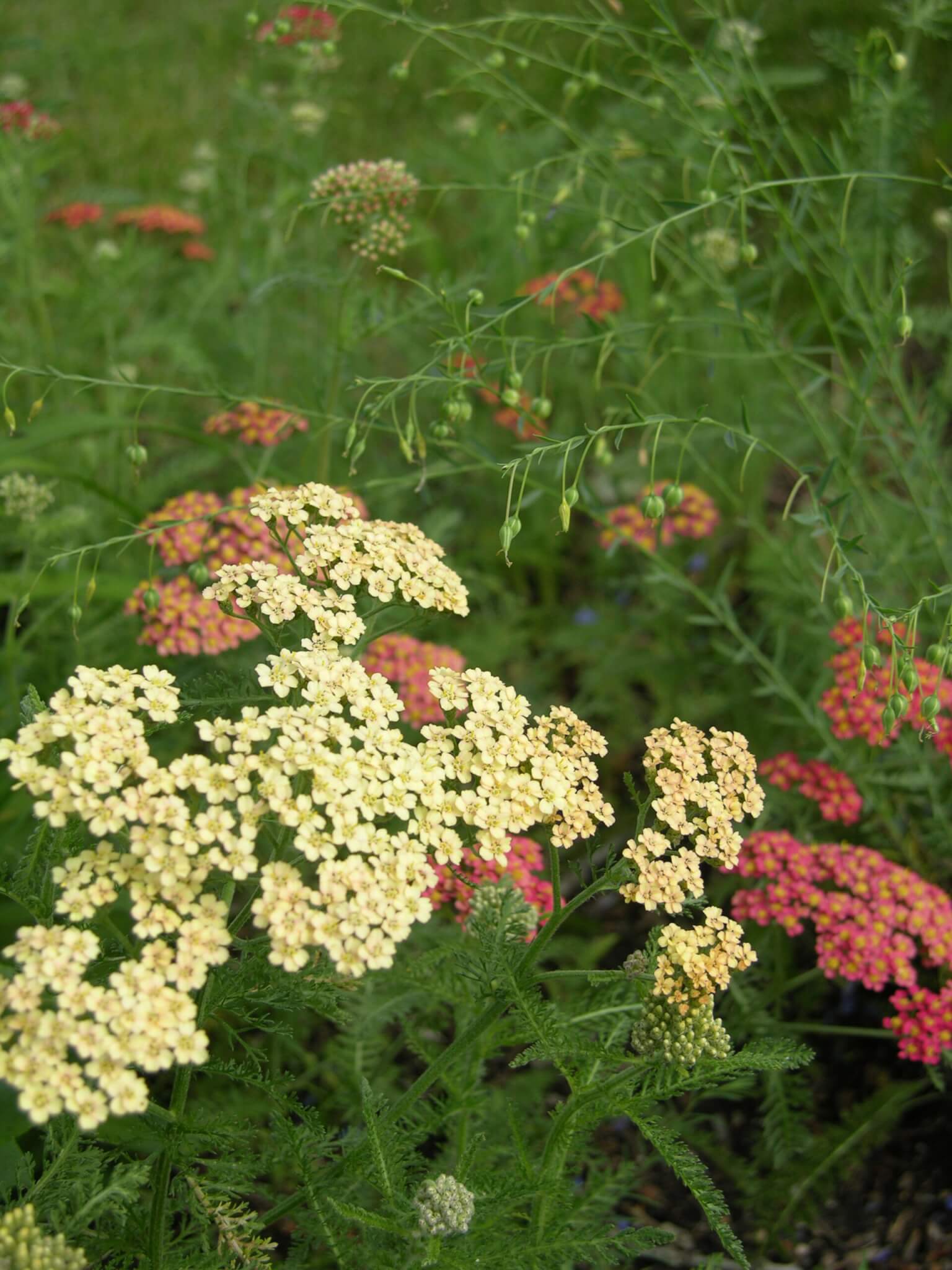
2. A plant with ancient roots.
This plant has been valued since ancient times for its medicinal properties. Its genus name, Achillea, comes from the Greek hero of mythology (possibly based on a real person) Achilles, who used the plant to treat wounds on the battlefield. Archaeological evidence suggests yarrow was used in Neanderthal burials over 50,000 years ago, highlighting its historical significance.
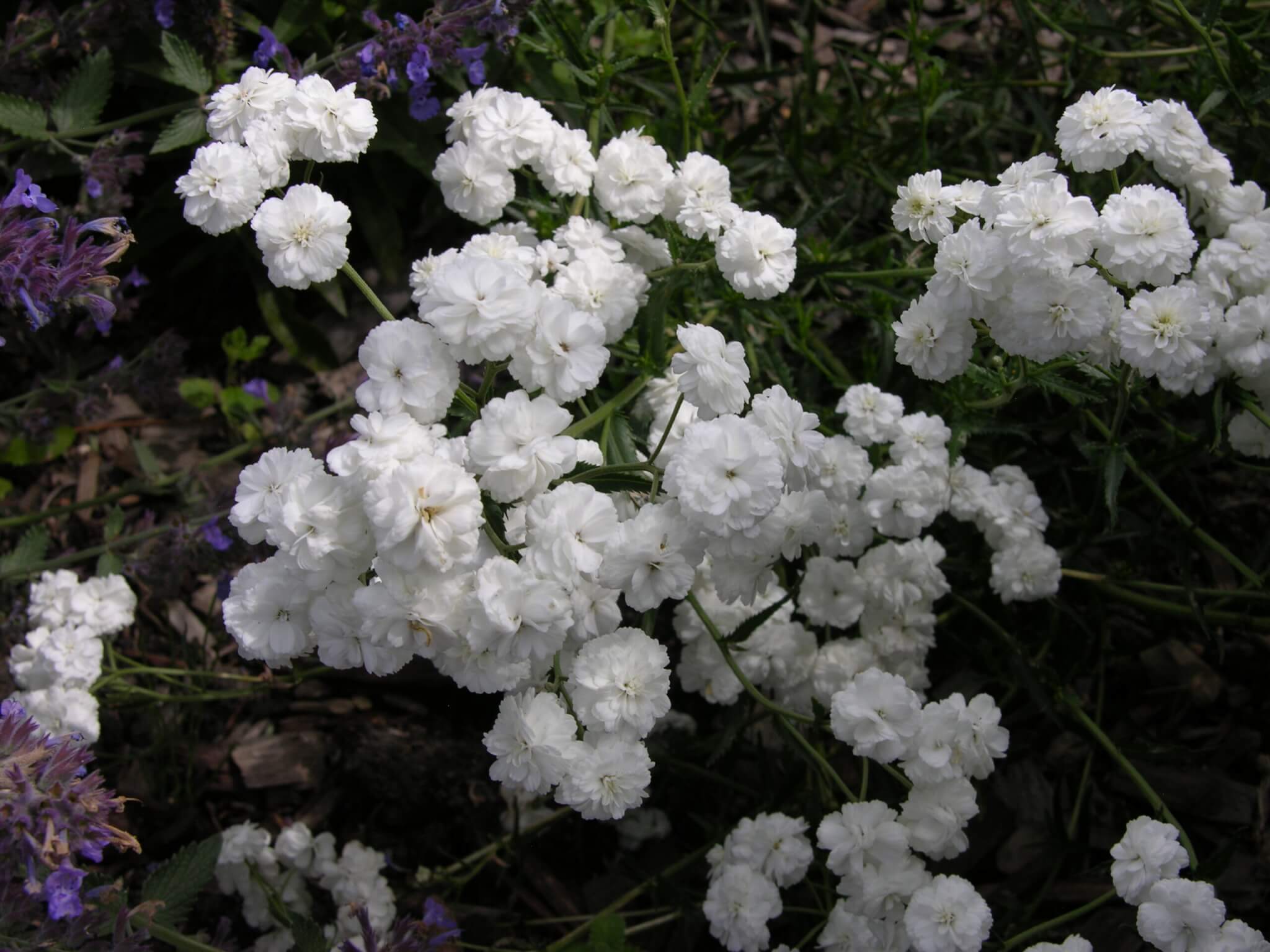
3. A diverse genus.
The genus Achillea includes over 100 species, offering gardeners a variety of options. From the bold yellow blooms of Achillea filipendulina (fernleaf yarrow) to the compact, white-flowered Achillea ptarmica (sneezewort), each species brings unique qualities to the garden.
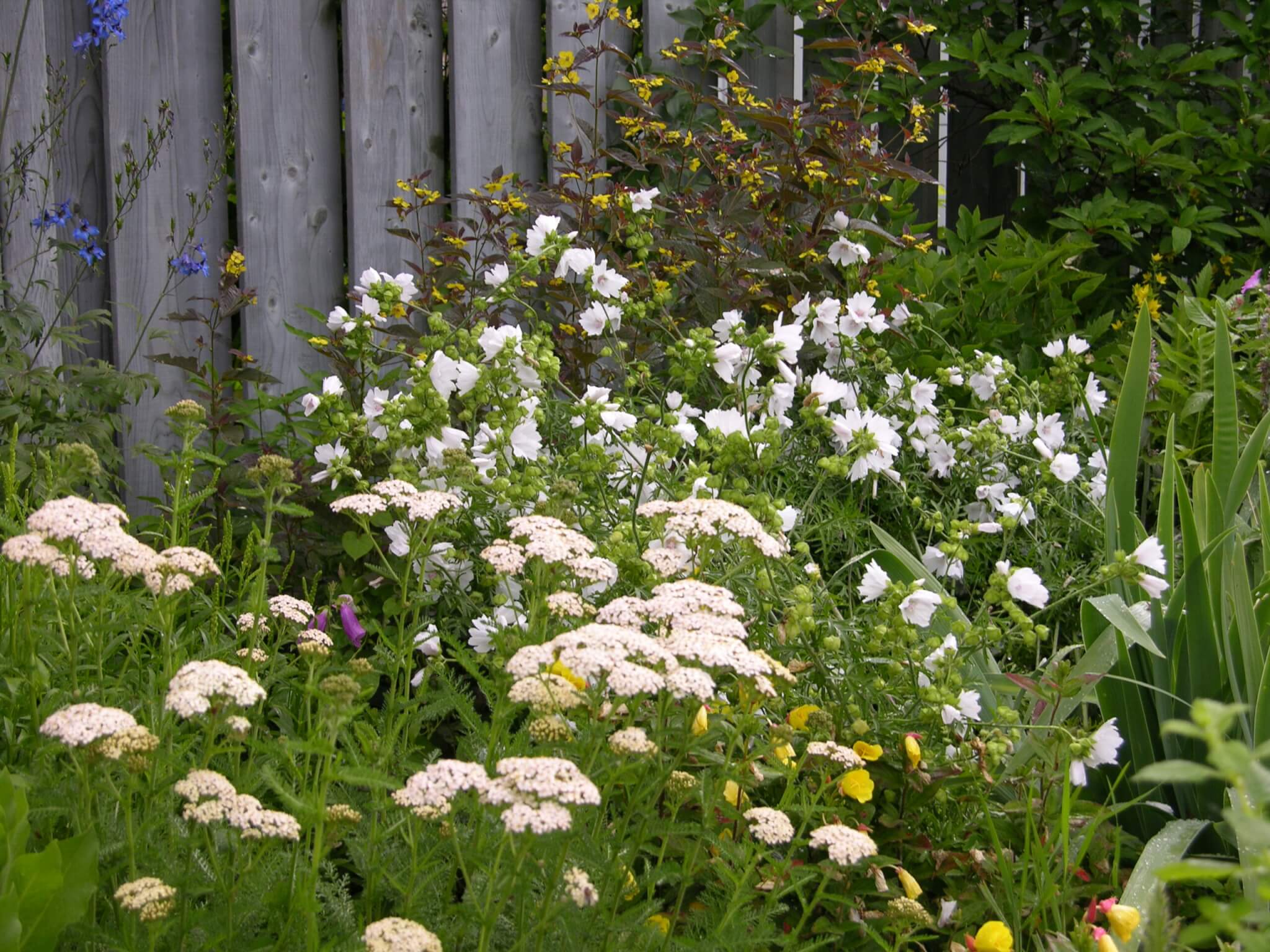
4. A rainbow of colours.
While the wild yarrow you most often see blooms in white, cultivated varieties come in a dazzling array of colours. Gardeners can choose from fiery reds (‘Paprika’), sunny yellows (‘Moonshine’), soft pinks (‘Cerise Queen’), and even pastel mixes like ‘Summer Pastels’.
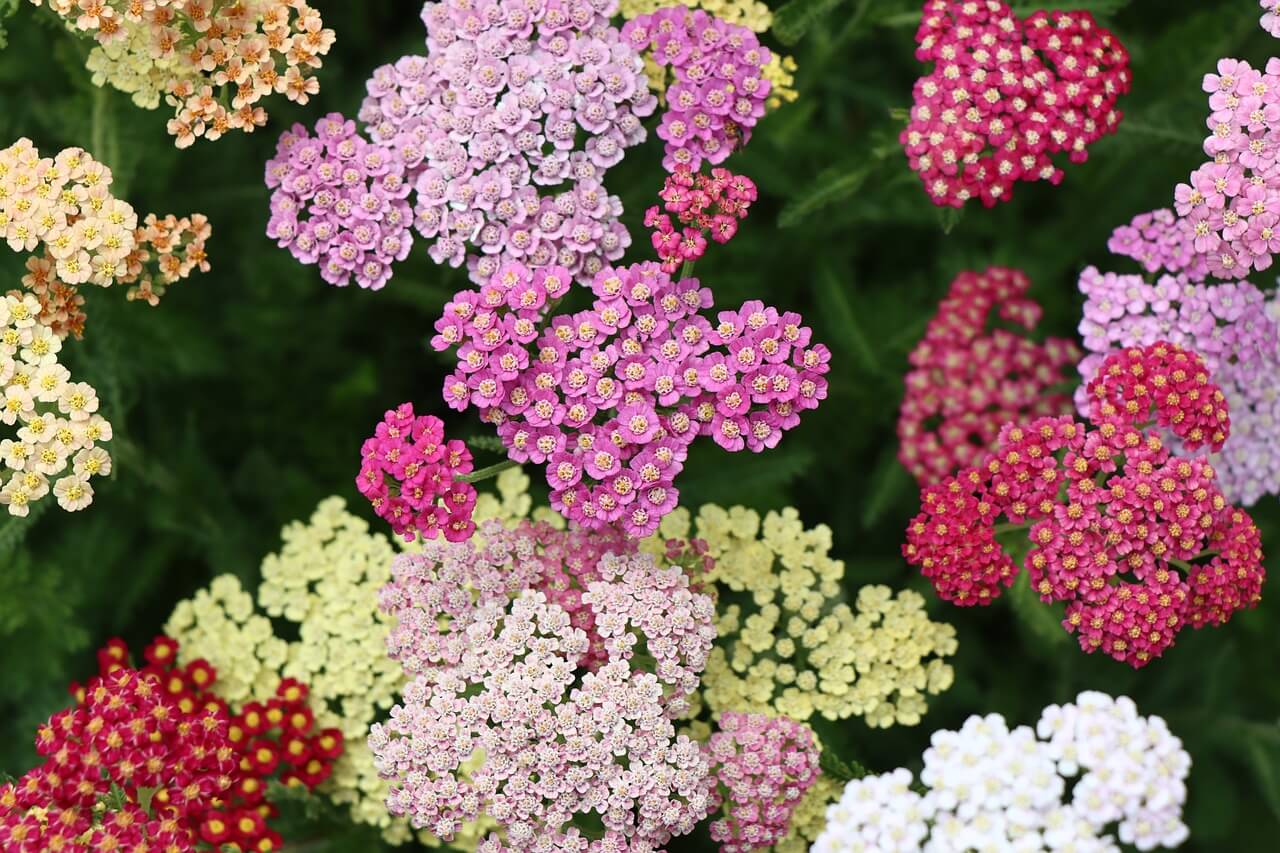
5. Hardy and drought tolerant.
Yarrow is a tough plant that thrives in full sun and well-drained soil. It’s both drought-tolerant and capable of thriving in poor soils, making it ideal for challenging gardening conditions, including xeriscaping. Shorter varieties, like wooly yarrow (A. tomentosa) are great for the rock garden.
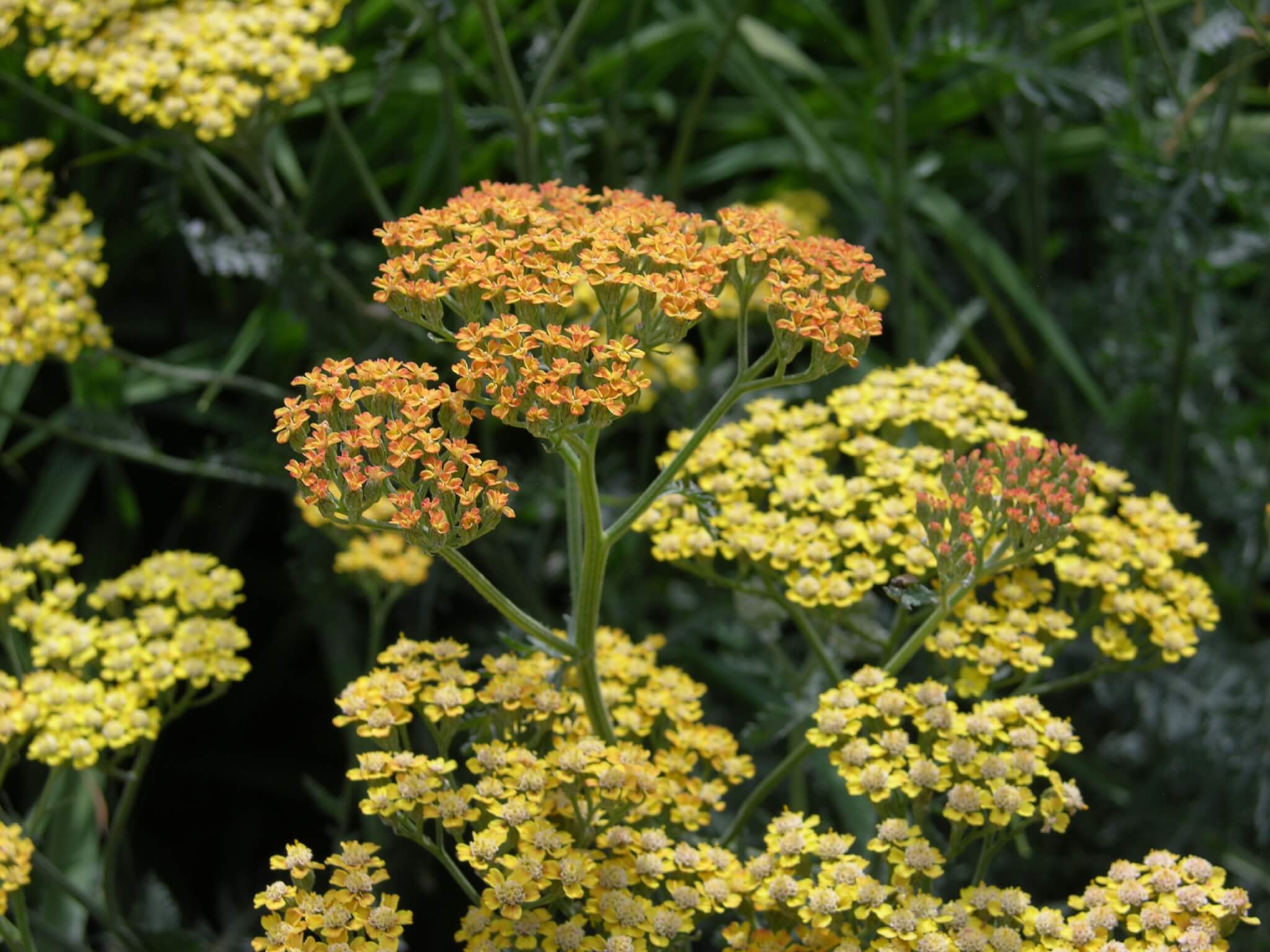
6. Wildlife-friendly and pest-resistant.
Yarrow’s flowers attract bees, butterflies, and other beneficial insects, making it a valuable addition to pollinator gardens. At the same time, its aromatic foliage deters deer and rabbits, keeping it safe from browsing.
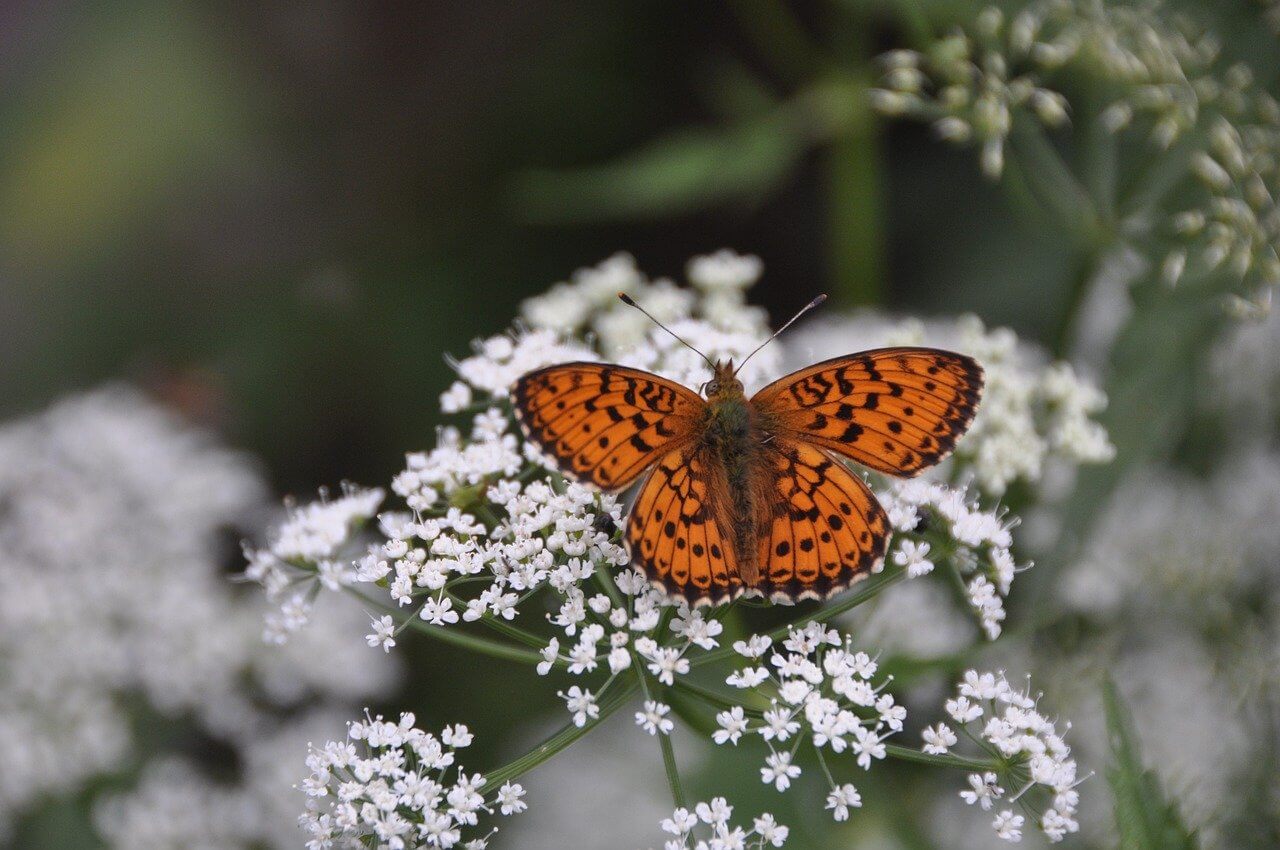
7. A plant of healing and protection.
Yarrow was highly valued by Indigenous North Americans, such as the Cherokee, Blackfoot and Navajo, for its ability to stop bleeding, treat wounds, reduce fevers, and purify the spirit. It was also used in rituals to ward off negative energies and bring balance to the body and soul.
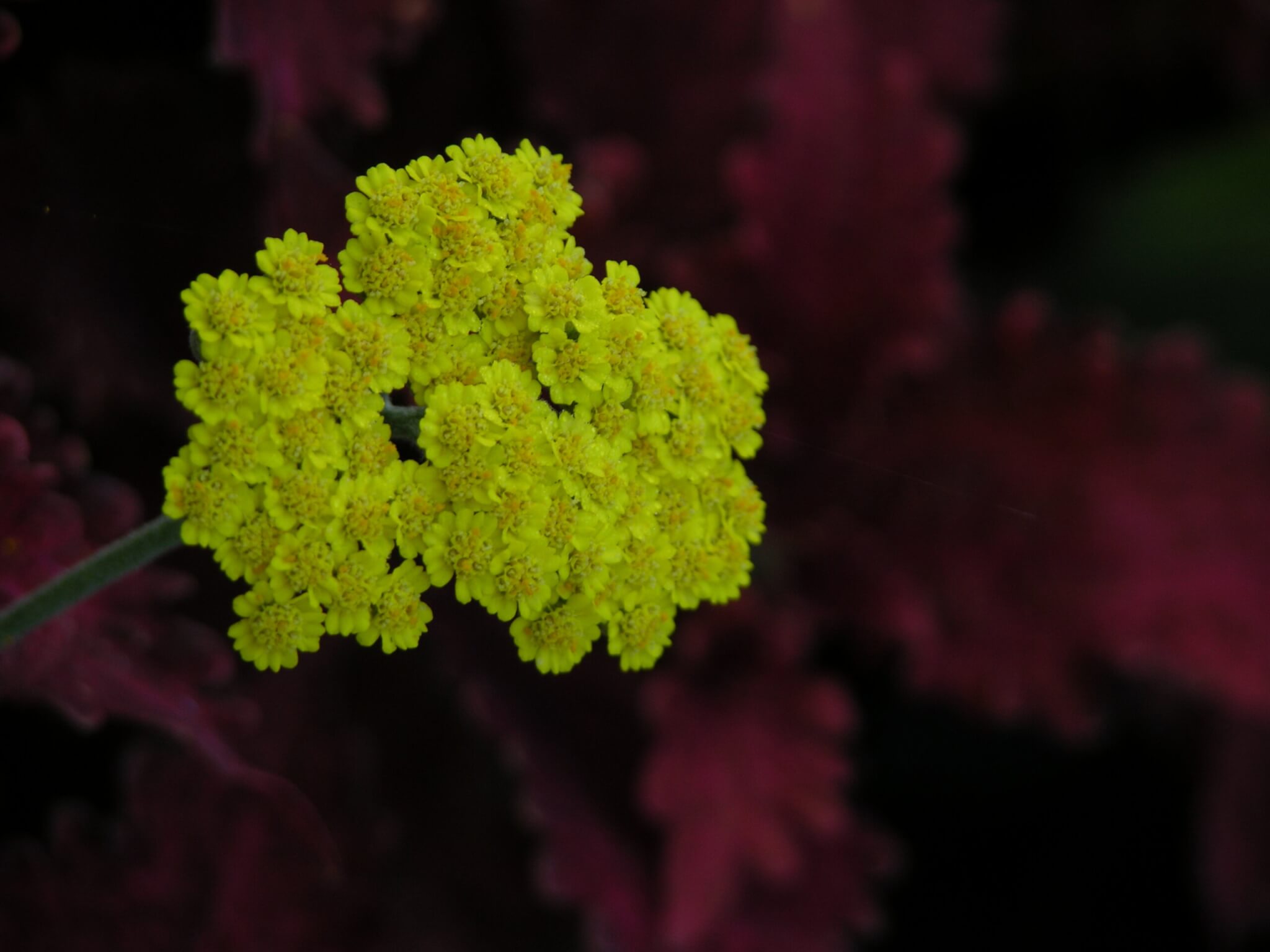
8. Medicinal legacy.
Historically, yarrow was called “herbal militaris” because of its use in treating wounds. Chemical compounds have been scientifically found to promote blood clotting and reduce inflammation. It has also been used in teas to reduce fevers, aid digestion, and improve circulation. Modern gardeners often grow it for its herbal qualities, although caution should be exercised as it can cause skin irritation in some people.
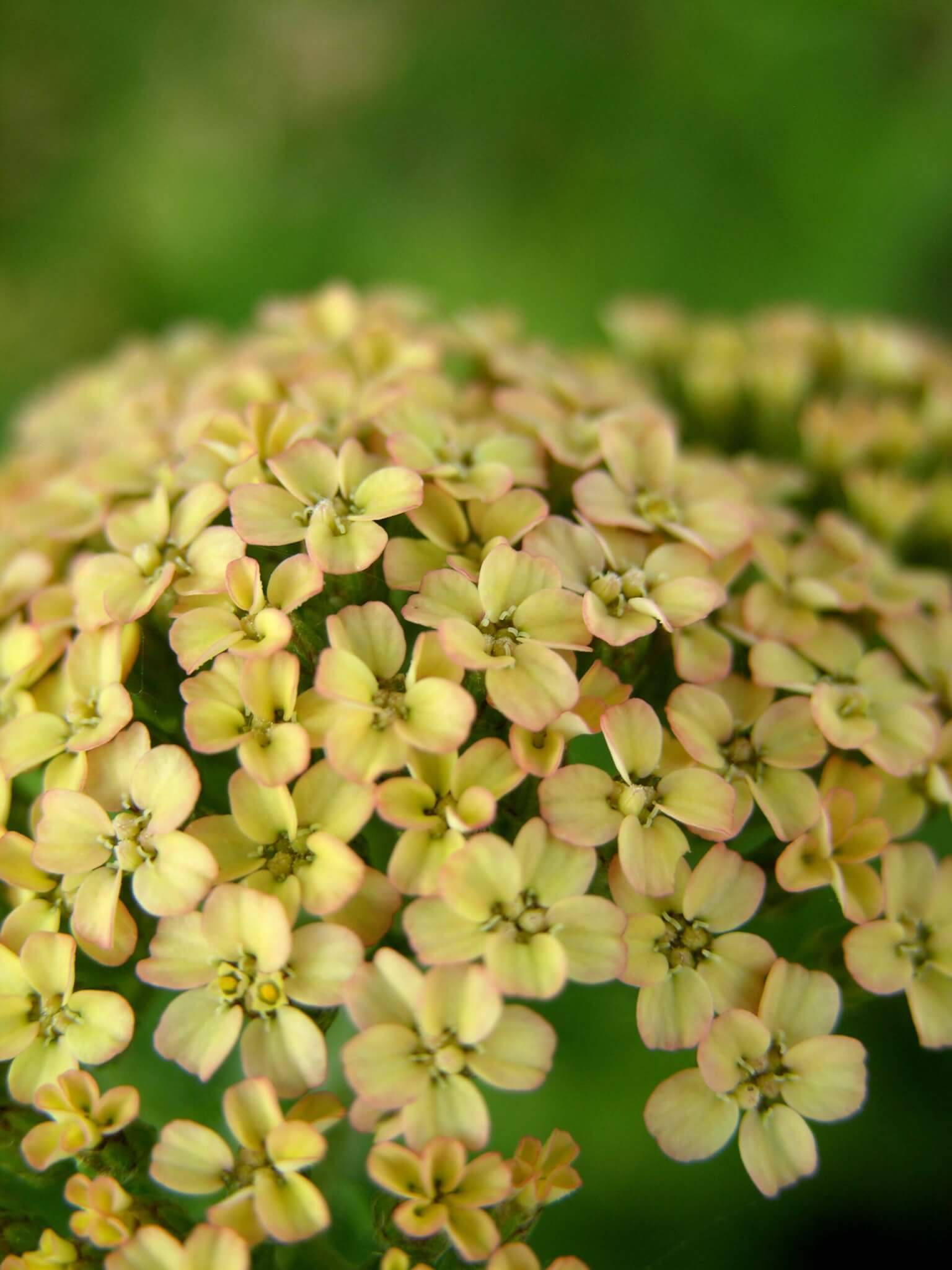
9. A soil improver.
Yarrow has deep roots that help loosen compacted soil and draw up nutrients, benefiting neighbouring plants. In permaculture, it’s considered a “dynamic accumulator” and is sometimes added to compost for its nutrient-rich foliage.
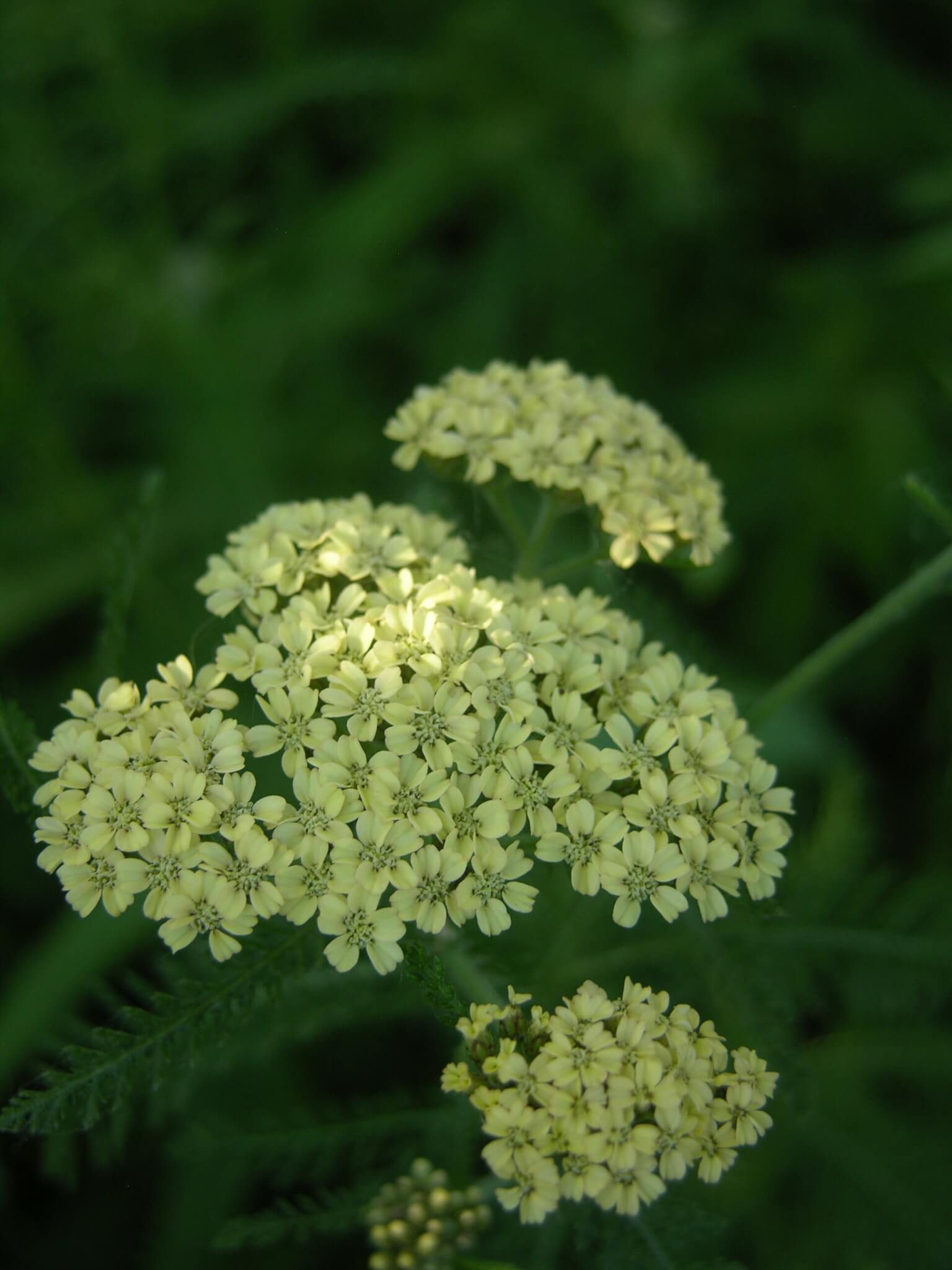
10. Symbolism and folklore.
Yarrow holds symbolic meaning in many cultures. In the Victorian language of flowers, it represents healing and courage. In some traditions, it was used to ward off evil spirits, while in others, it symbolised love and protection.
